The long, hot days of summer are behind us. This means it’s important to make sure that any tender plants and borderline hardy shrubs are well protected over winter. Here are some tips for protecting plants and moving tender plants indoors…
What’s the weather forecast?
Keep an eye out for the weather forecast. With one or two exceptions, you’ll need to make sure all tender plants are safely under cover before the ground is frosted.
The time of year that freezing temperatures occur depends very much on which part of the country you live in. Colder parts of northern England generally have lower temperatures earlier in the year. Whereas milder parts of the south can sometimes be unaffected until November.
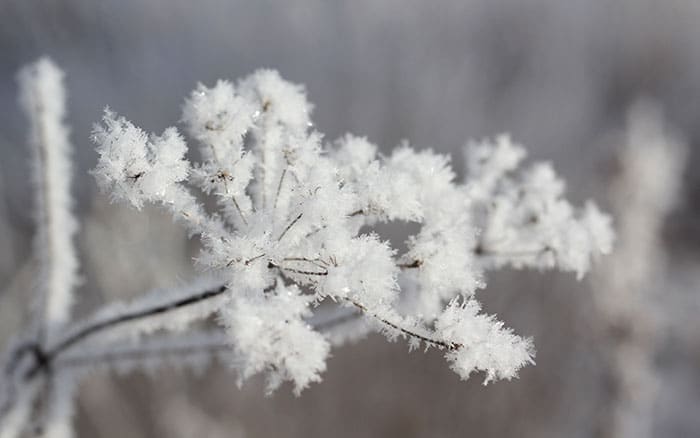
Plants growing in soil
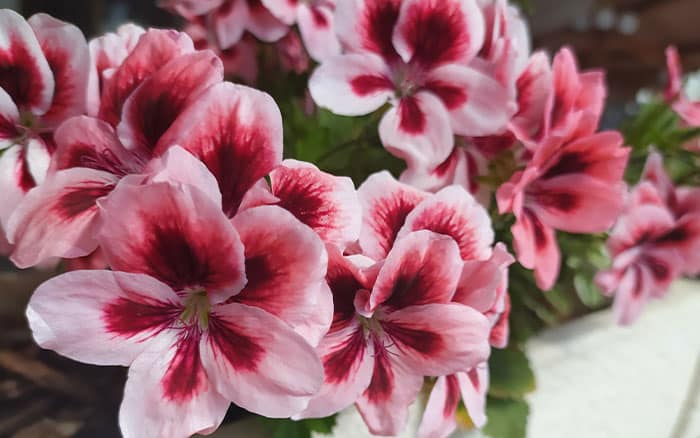
Apart from dahlias, which traditionally are not lifted until after the first frost, most tender and exotic plants growing in soil, like pelargonium and cannas, need to be lifted before the first frosts. So, it’s vital to keep an eye out for the local weather forecast in your area.
When frost is forecast, dig plants out of the ground and remove as much of the soil on and around the plant’s roots as possible. When doing this, try not to damage the rootball in the process. Then, remove all foliage and trim stems to about 10cm.
Repot in fresh compost and keep cool and dry inside until all danger of last frost has passed. In the case of dahlia tubers, remove all soil and store in cool, frost free, shed or outbuilding out of direct light.
Overwintering temperatures
Different categories of tender plants have different heat requirements when overwintering under cover.
Very tender plants
These plants need day temperatures of 15-20C plus some overnight heat.
Plants such as Brugmansia (angel’s trumpet), standard fuchsia, begonia, pelargonium, and gardenia fall into this category. These should be placed in a heated conservatory over winter, which will provide the required warmth and light. Orchids will have similar requirements during the winter months.
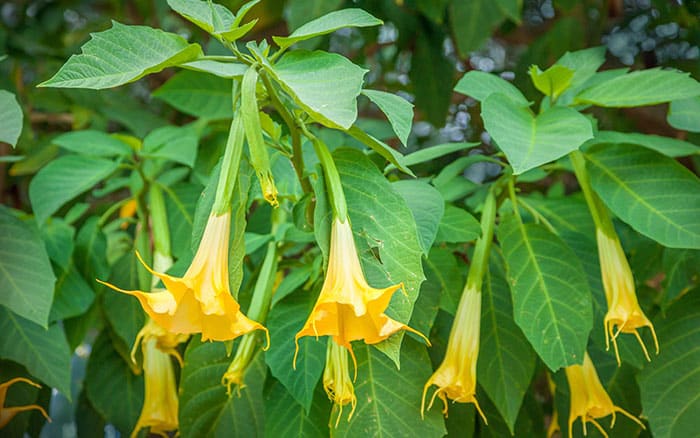
Tender Plants
This group of plants will survive happily in constant lower temperatures of around 10C.
Examples are Plectranthus, bougainvillea, citrus, Clivia and Stephanotis, all of which should only be watered sparingly.
Slightly tender plants
Many plants can survive without heat as long as they are protected from frost.
Tender Salvia and Echium fall within this category, as do many southern hemisphere plants such as Grevillea and bottlebrush.
They will do well if given minimum temperatures of between 5-7C which will also suit succulents such as Echeveria and agave. Similarly, bulbous plants such as tender Nerines and Freesia, provided they are kept unwatered as well as frost free.
Palms, tree ferns and bananas also need protection from frost and can survive if given these lower temperatures over winter.
Plants in pots
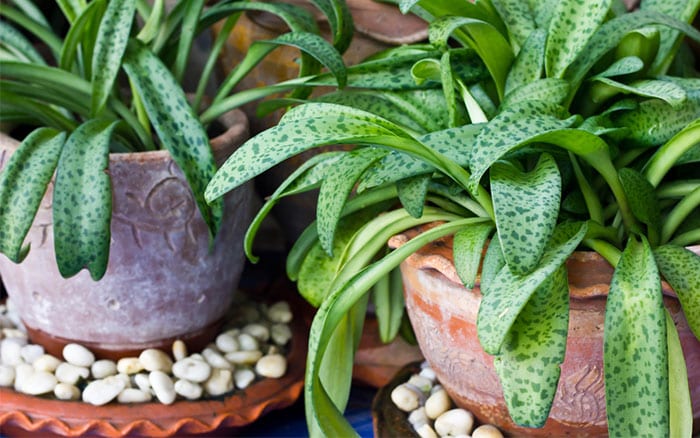
If you’re unsure if the plant growing in a pot outside is tender or not take a picture and ask your local garden centre or plant nursery to identify it. If it’s tender, ensure it’s brought into a frost-free, light environment such as a conservatory or greenhouse before first frosts.
Before you bring it in under cover check the soil in the pot to make sure it doesn’t have pests like vine weevil, because many pot grown plants can be affected. If you find the distinctive creamy white larvae, bag up and dispose of all the infected soil and thoroughly wash all remaining soil from the roots before potting into fresh soil and pot.
Check plants for pests regularly whilst they’re indoors under cover and treat accordingly. Most pests tend to congregate on the underside of leaves. Try to keep the temperature at a regular level and avoid placing plants in draughts and bright light.
Most tender plants tend to go into a state of semi-dormancy during the winter months and therefore need little or no water. However, be sure to check specifics for your plant(s).
Some plants require a humid environment like that found in bathrooms.
If you see leaf edges turning yellow or wilting and/or brown with shrivelled leaf tips, the chances are the plant needs more humidity rather than watering. Stand the pot on a tray of damp pebbles and/or mist foliage. If you have more than one plant, try grouping them together to increase humidity around the plants’ leaves.
So, prepare for the colder weather by moving plants indoors and giving them the protection they need. Tender plants and borderline hardy shrubs will appreciate the care and will bounce back next growing season.
David Domoney is a Chartered Horticulturalist, Broadcaster, and Author. David has worked with a number of the UK’s leading garden retailers as a plant buyer and strategic consultant. With more than 30 years experience, in horticulture, David is as passionate about plants now as he was when he bought his first plant at a village fete.

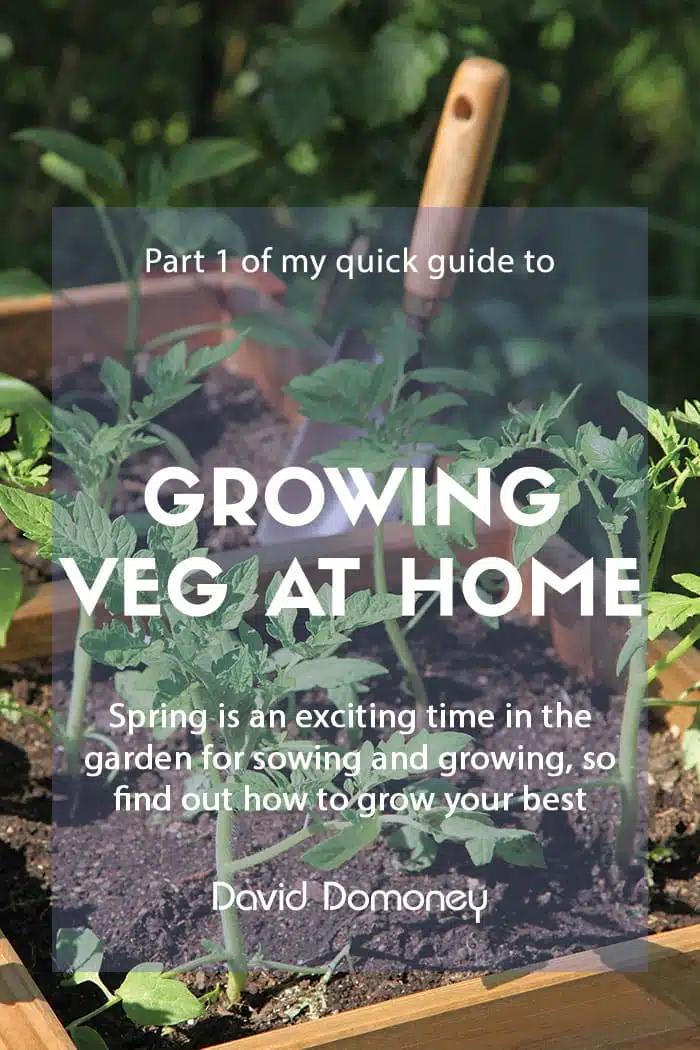





Leave A Comment